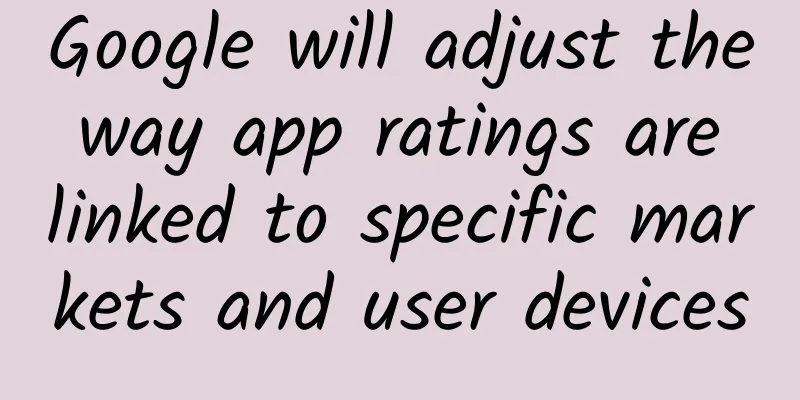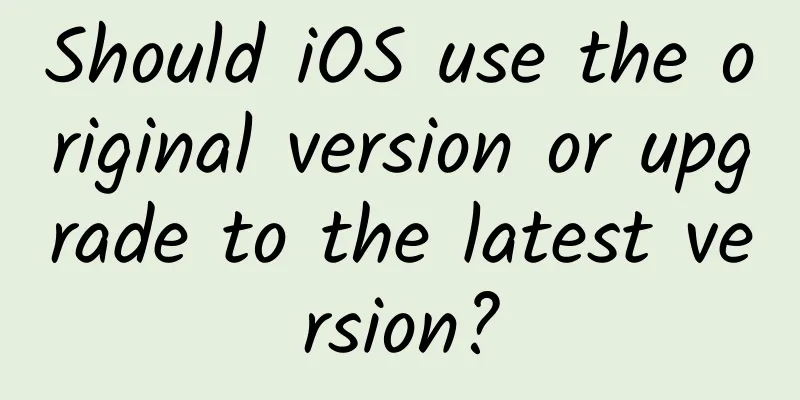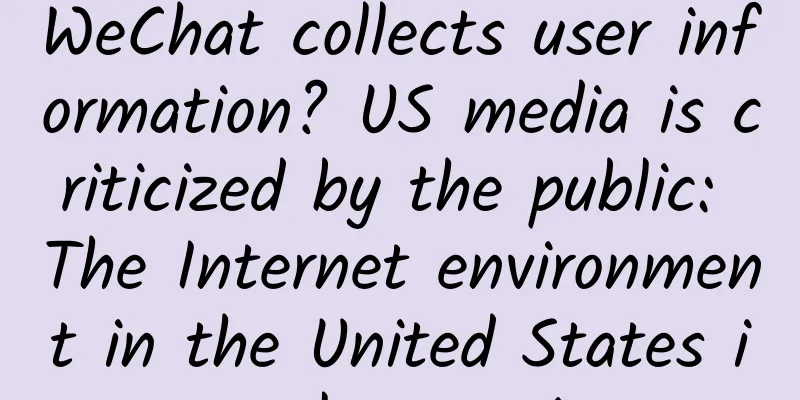Google will adjust the way app ratings are linked to specific markets and user devices

|
On August 24, Google announced on Monday local time that it will change the way its app store Play Store calculates and displays app ratings, making app ratings more relevant to the developer market and more beneficial to users. It is reported that compared with the fixed rating of applications, Google Play will give applications multiple ratings based on different markets and different devices used by users. This means that the screen sizes of devices used by users to browse the Google Play Store are different, and the ratings displayed for the same application are also different. This change could be beneficial. For one thing, not all apps offer the same functionality in all markets, and an app developer wouldn’t want to see their app’s ratings suffer because they can’t activate payment in a particular market. Another, more important reason: some apps are only suitable for larger tablets or foldable devices, and some apps have problems running on Android devices other than phones. So device-specific ratings for apps mean that when users download an app on a tablet, they’ll know in advance that it won’t work as well as on a phone.
Google plans to launch app-specific ratings for different markets in November this year, and different ratings for different types of devices such as tablets, foldable devices, Chrome OS, Wear OS or Android Auto in 2022. If Google's new way of calculating ratings will change the ratings of existing apps, the company will notify developers in advance. Google said, "Before adjusting the Google Play Store rating method, we will automatically analyze the rating changes of the application at least 10 weeks in advance. If the rating adjustment of your application is greater than 0.2 stars, we will notify you in time. This way, you have enough time to modify the application." Considering the increasing popularity of foldable devices such as the Samsung Galaxy Z Fold 3 or Z Flip 3, Google's adjustments should help both users and developers. After all, not all apps can be adapted to foldable phones, and if they are not adjusted, users of these devices are likely to give bad reviews due to poor user experience. |
<<: 10 product details analysis to show you how big manufacturers design!
Recommend
There is so much effort and thought behind the phrase “Hey Siri”
Apple today published a new article on the compan...
OnePlus Hydrogen OS Experience: On the Road from UI to UX
[[139903]] Hydrogen OS is a customized Android sy...
What are some side jobs suitable for office workers? What other side jobs can you do while working?
With the continuous development of technology, pe...
How to use the media to create internet celebrity products?
Every company wants to build its own internet cel...
Soul Product Analysis
Socializing with strangers is something that many...
13 common solutions for attracting new customers in educational institutions
I often mention that the education industry is on...
So the question is: Among WeChat, Weibo, and Tieba, which fan economy platform is the best?
Double Eleven has not yet arrived, but the "...
The 4 principles and 4 risks of influencer brands (Part 2)
The 4 Principles and 4 Risks of Internet Celebrit...
The Ministry of Industry and Information Technology issued a notice on 16 apps that infringe on user rights, including Dangdang and eDaijia
The Information and Communications Administration...
Dressing and Matching Training Camp
Dressing and Matching Training Camp Quick Match T...
Xiaohongshu Professional Account Operation Guide | Brand Private Domain Strategy
On August 2, Xiaohongshu launched major new regul...
When will the 2022 recruits leave? Is it better to recruit soldiers in March or September?
2022 is the second year of the implementation of ...
Complete method for landing page optimization in the education industry!
Users in the education industry are becoming more...
10 major changes in Douyin's new advertising platform, Juliang Qianchuan
It has been several months since TikTok announced...
Teach the elderly to use smartphones, learn these 4 tips to reduce a lot of troubles
[[417518]] When our elderly friends use smartphon...









